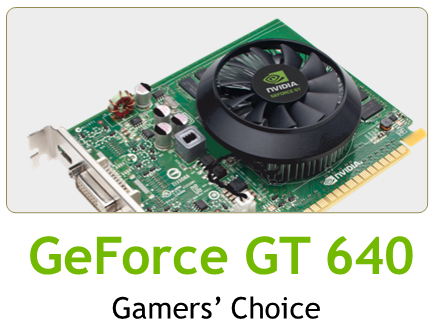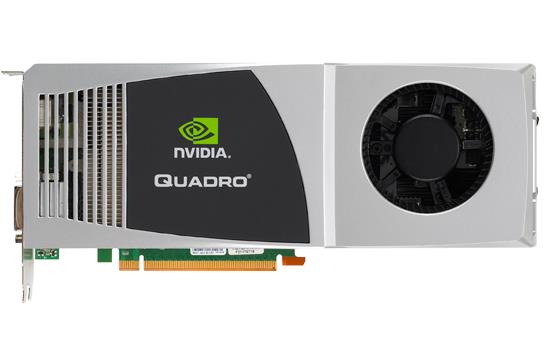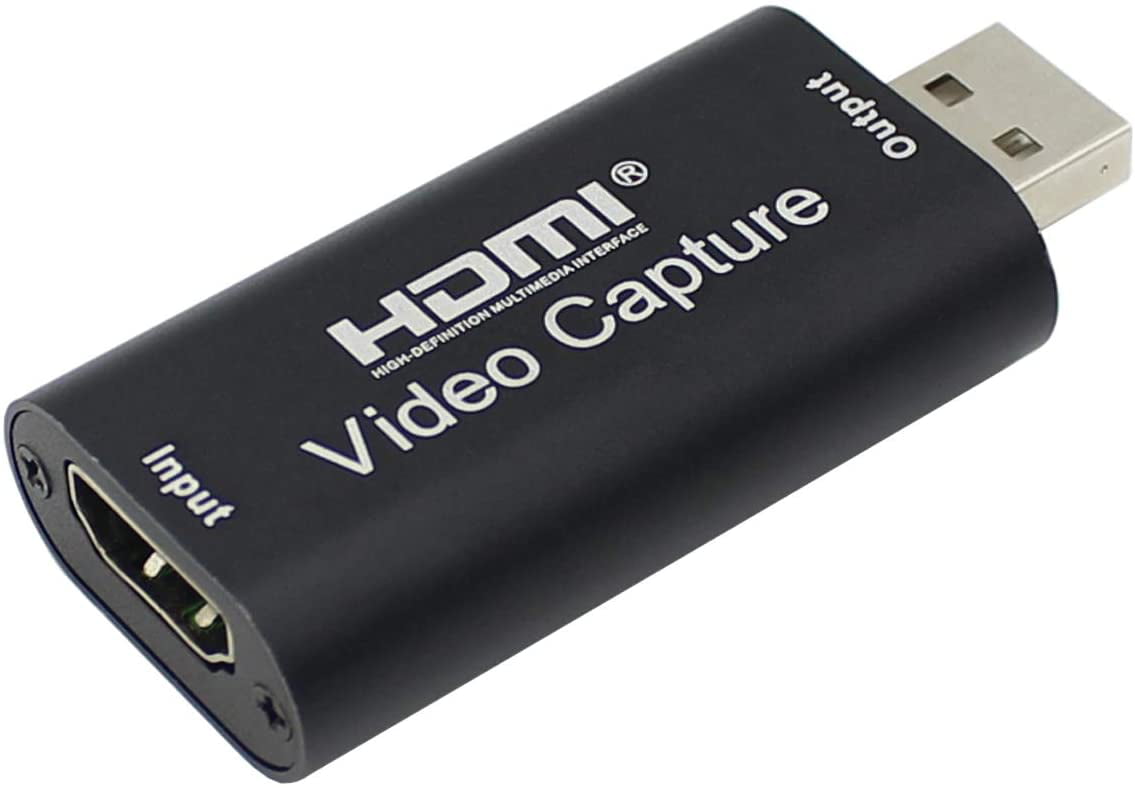


First of all, let’s separate console and PC gaming in addressing this issue. This data is then encoded by the computer and turned into a video file that can be saved or streamed in real-time with almost zero latency. This data can be sent either via a USB connection in the case of external capture cards or through a PCI-E connection for internal capture cards. So far, a video capture card seems redundant! But the unique thing that a capture card does is that it converts the video it receives to a format that a PC can read. Simply put, a video capture card is a device that receives video from one source via HDMI (typically a gaming console or PC) and sends the same video out to a monitor or TV (also via HDMI). We will explain why you probably need a capture card despite your device being already capable of streaming. Temperature/ performance characterization.If you’re a gamer or streamer who has been wondering what a capture card can do for you or why you would purchase one if your Xbox/PlayStation/PC has the ability to stream on its own, keep reading this article. Please refer to the Hardware User Guide for details on H.265 (HEVC) / H.264 (MPEG4/AVC) Hardware Encode & Decode Supports CUDA, CUDA-X, OpenCLTM and Shader Model 5.1 Up to 9.3 TFLOPS FP32 Single Floating Point Performance Note: 3G-SDI outputs are available as 75 Ohm Single Ended and 100 Ohm Differential simultaneously.Ģ560 CUDA Cores.

Supporting DirectX 12, OpenGL 4.5, and Vulkan 1.2Ġ.8” Pitch (Conduction Cooled) 1” Pitch (Air Cooled) NVIDIA RTX A2000 GPU (Ampere Architecture) It is available in both SOSA and VITA standards and has multiple I/O configurations. The Condor GR5-A2000 delivers real-time performance for encoding applications with dedicated H.265/H.264 encode and decode engines.

In addition, the Condor GR5-A2000 supports PCI Express Gen 4 (4x or 8x lane), which provides double the bandwidth than previous models, resulting in increased data-transfer speeds for applications such as Digital Signal Processing (DSP), Signals Intelligence (SIGINT), 3D rendering, Electronic Warfare (EW), and within unmanned systems. This single-slot solution provides embedded systems with 2x the throughput for matrix operations than previous generations for intensive workloads such as Artificial Intelligence (AI), multi-sensor processing, neural network training, and in simulation environments. Powered by NVIDIA Ampere architecture, the Condor GR5-A2000 delivers real-time GPGPU processing and GPU-based computing with 2560 NVIDIA® CUDA® cores, 20 RT cores (2nd generation), and 80 Tensor cores (3rd generation).


 0 kommentar(er)
0 kommentar(er)
